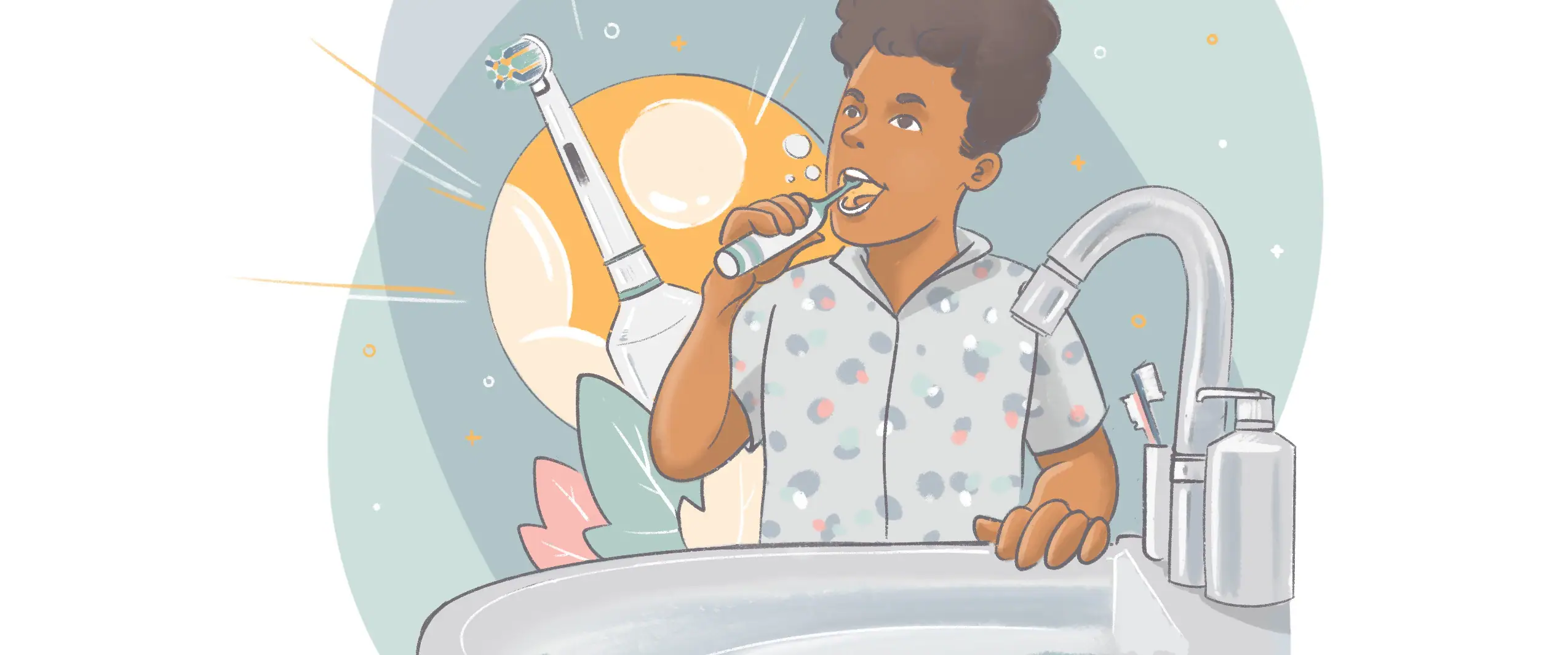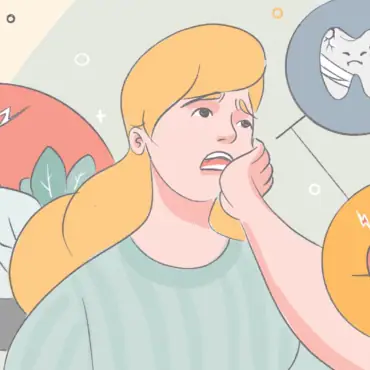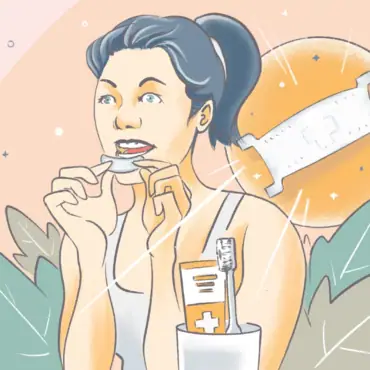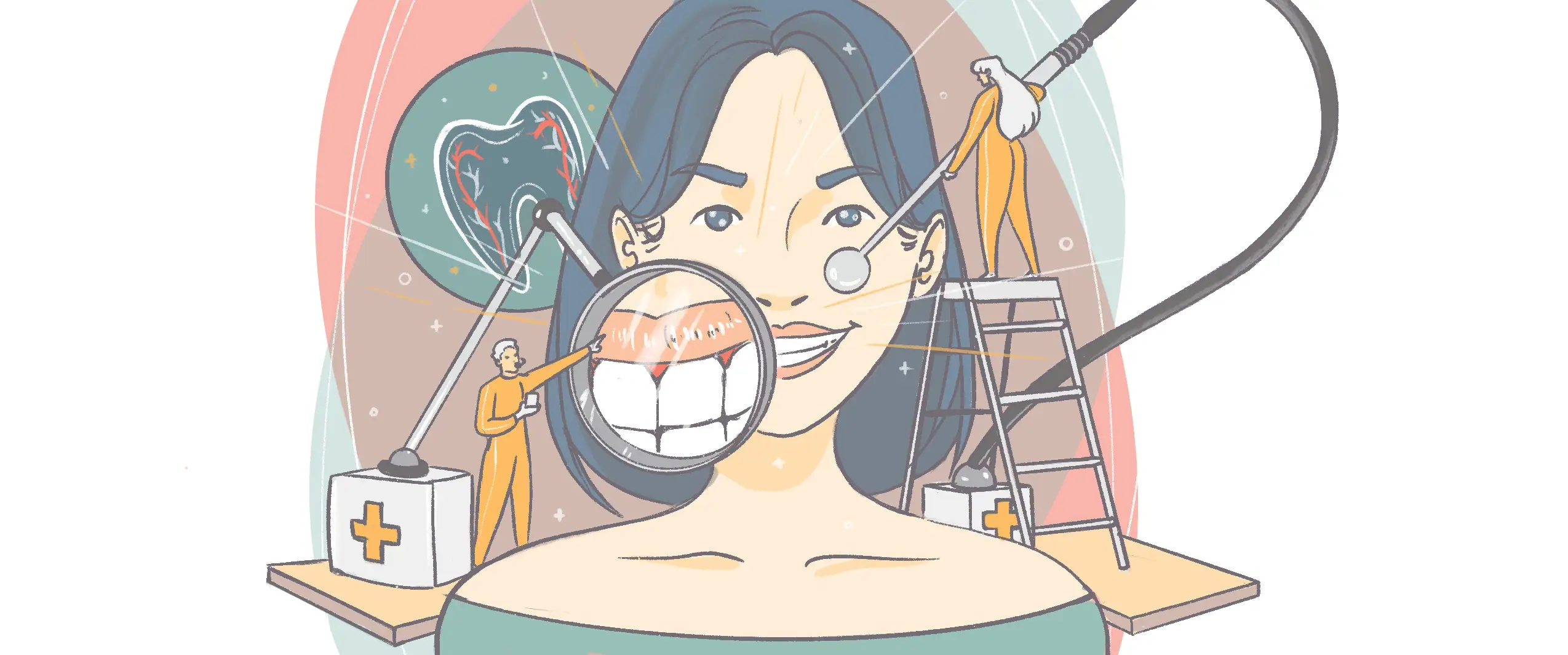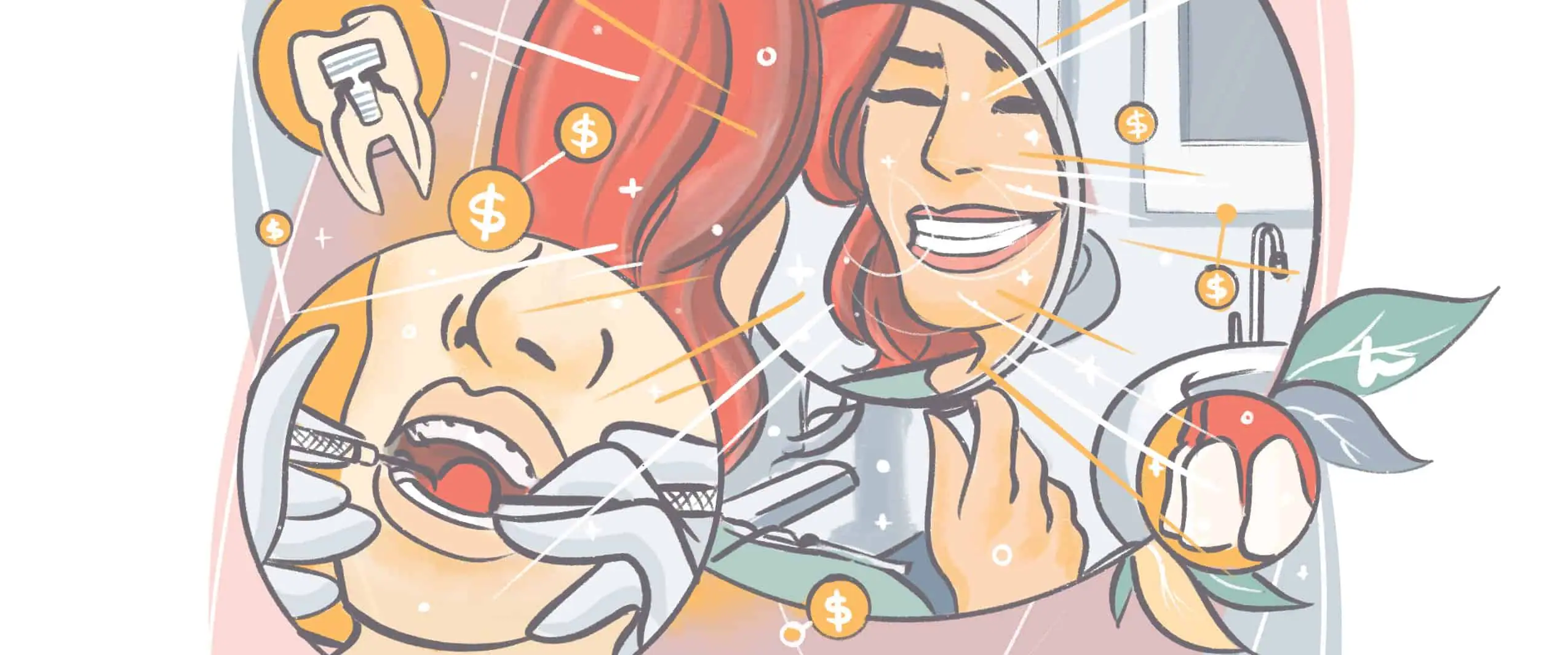Brushing often takes front and center stage when we think about dental and oral hygiene. However, flossing teeth is just as important as brushing. Instead of looking at flossing as just an addition to brushing, consider it an equal step in your daily dental hygiene routine.
Here’s what you need to know about flossing, including how often you should floss and whether you can floss improperly. We’ll also discuss the best flossing technique so that you do the job right.
Why should I floss?
Flossing is a critical part of preventive dental care. The mouth is home to millions of bacteria. No matter how well you brush your teeth, bacteria, plaque, and food debris get trapped between them. Because floss goes between the teeth, it’s able to reach all the areas that your toothbrush can’t get to.
Flossing also helps to remove plaque from hard-to-reach areas. Removing plaque is important. If left on the teeth, plaque hardens and turns to tartar. Leaving plaque on your teeth and in your mouth can lead to all sorts of oral hygiene issues, including:
- Tooth decay
- Bad breath
- Tooth stains
- Irritated gums
Plaque can also cause gingivitis, known as early gum disease. This condition causes the gums to become red and swollen. Untreated gingivitis can progress to periodontitis. This condition destroys the bone and tissue that support the teeth. Weakened teeth are more likely to break or fall out.
While flossing may seem like not a big deal, not flossing can have serious consequences.
How often should I floss?
The Canadian Dental Association (CDA) and the American Dental Association (ADA) recommend flossing at least once per day. Doing so removes bacteria, plaque, and food debris. Daily flossing helps to prevent gum disease, cavities, and other oral health issues.
Give $50, get $50.
Refer someone to book a dentist with Opencare and you’ll both get $50.
Is it safe to floss multiple times a day? Yes, there’s no harm in flossing more than once a day. However, instead of focusing on the number of times you floss, it’s better to focus on how well you’re flossing.
Good flossing takes more than a few seconds. Quickly flossing several times throughout the day isn’t doing much good. Chances are that you’re leaving plaque and bacteria behind. For best results, floss slowly and methodically.
How often should I floss with braces?
You want to floss at least once per day to ensure the area between your teeth is free of bacteria, plaque, and food debris. If you need to floss more often, that’s okay as well.
Flossing with braces can be tricky, especially if the floss gets stuck in your braces.
For a smooth flossing experience:
- Use waxed floss or dental tape
- Use at least 18 inches of floss
- Thread floss under the main wire then pass between the teeth
- Move the floss up and down gently to avoid snapping it
It takes a little time and practice to perfect flossing with braces, but eventually it becomes second nature.
You may consider finding a dentist near you to provide in-person tips and tricks.
Should I floss before or after brushing?
The order in which you brush and floss isn’t important. What is important is that you’re thoroughly cleaning your teeth, including all the crevices.
Research has found that it may be better to floss before brushing. According to a 2018 study, flossing loosens bacteria and debris between the teeth. Brushing afterwards helps to clean all those particles away.
Brushing after flossing also increases fluoride concentration. Fluoride strengthens the tooth enamel, which minimizes the risk of tooth decay.
Due for a checkup?
Find a top rated dentist near you that takes your insurance.
At the end of the day, flossing first or brushing first are both acceptable. It all comes down to your personal preference.
Can I floss too deeply?
If you experience swollen, painful, or bleeding gums after flossing, you may be flossing too deeply.
Applying too much pressure when flossing can cause the gums to bleed. Continuous over-flossing can severely damage the gum line. This can expose the tooth’s root and lead to cavities and decay.
Flossing improperly, such as using a saw-like motion, is also problematic. Rough flossing can wear the tooth’s enamel, which makes you more susceptible to gum disease.
Can I floss too much?
It’s impossible to floss too much unless you’re flossing incorrectly. In fact, some people need to floss more than once a day, especially after eating. Certain foods are more prone to getting stuck in the teeth and flossing is the best way to remove food debris.
Unsure if you’re flossing properly? Schedule a dentist appointment and ask for a demonstration during your next visit.
What is the best flossing technique?
Now that you know why flossing is important and how often you should floss, let’s discuss the right way to do it.
- Break off 18 inches of floss. Wind most of it around your middle fingers leaving 1-2 inches in the middle.
- Keep the floss tight by using your thumbs and index fingers.
- Slide the floss between two teeth.
- Gently slide the floss up and down, rubbing against both sides of each tooth. Avoid pushing the floss into your gums.
- As the floss nears your gums, curve the floss at the base of the tooth. This forms a C shape and allows the floss to go between your gums and tooth.
- Move from tooth to tooth and repeat these steps. Use a clean section of floss for each next pair of teeth.
By flossing properly once a day, you can have peace of mind that you’re doing your part to protect your oral and dental health.
Are there alternatives to flossing?
Flossing cleans between the teeth. It helps to remove plaque, bacteria, and other debris, such as food particles. There are other interdental cleaning options, including:
- Dental tape
- Water flossers
- Pre-threaded flossers
- Plastic or wooden picks
- Flossing brushes
While you may prefer one option over the other, what’s most important is that you find one you like and use it daily.
Schedule routine appointments with the dentist
Brushing and flossing at home is only one step in keeping your smile healthy. You will also want to schedule routine appointments with your dentist for preventative care. Your dentist will thoroughly examine your teeth while also giving you a deep clean.
Don’t wait to get in the dentist’s chair. Find a dentist and schedule an appointment today to keep your smile healthy and beautiful.
Due for a checkup?
Find a top rated dentist near you that takes your insurance.




